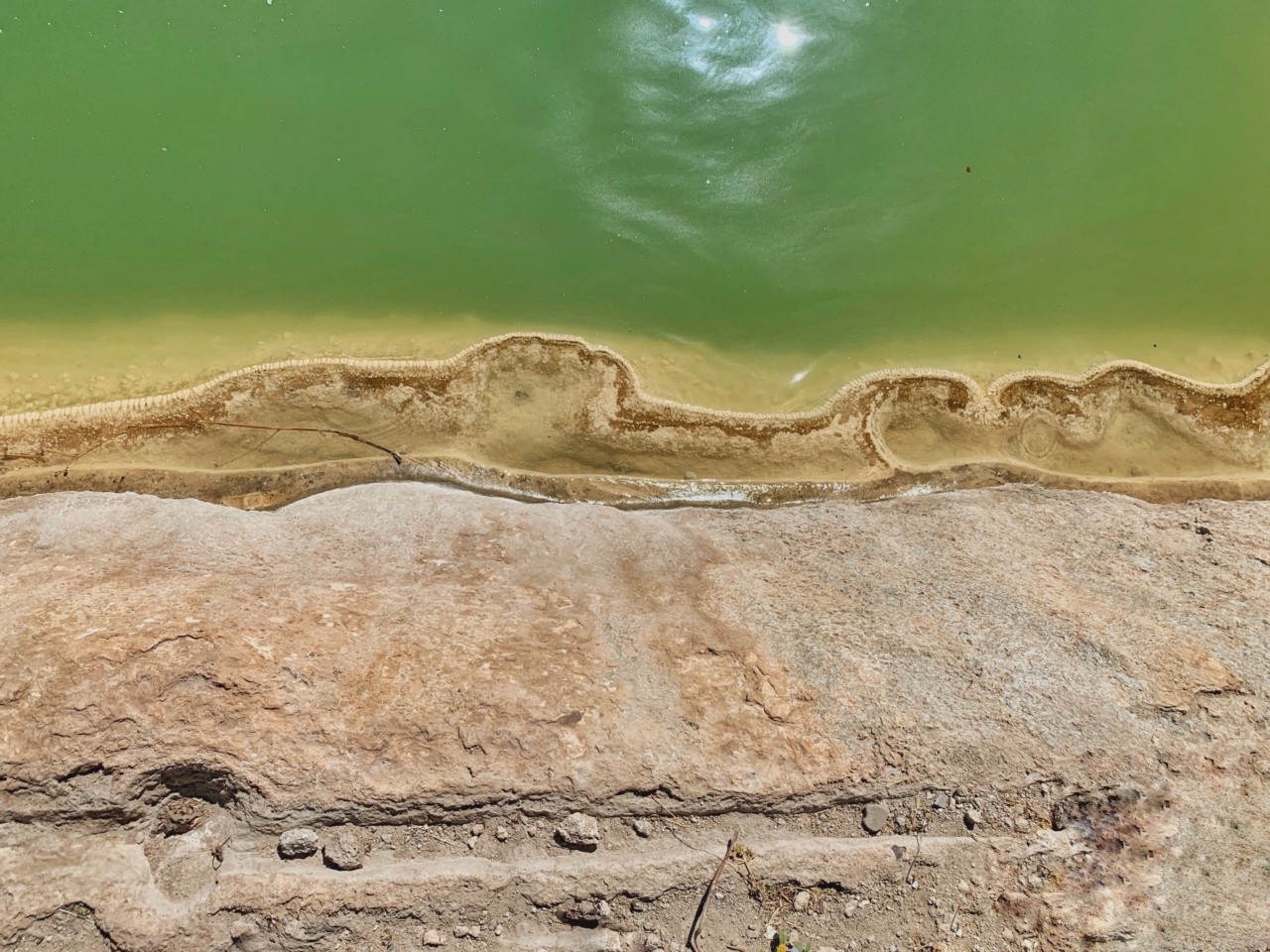Mud can be a treacherous challenge for anyone, whether you are a hiker, an off-roader, or simply someone trying to navigate through a muddy trail.
While it may seem like just a simple mixture of soil and water, mud can quickly turn into a hazardous obstacle if mishandled. In this article, we will explore some of the most common mistakes people make when encountering mud and highlight ways to avoid them, ensuring a safer journey through muddy terrains.
Underestimating the Depth
One of the biggest mistakes people make in the mud is underestimating its depth. Often, the surface layer may appear deceivingly shallow, leading individuals to step or drive into it, only to find themselves sinking much deeper than anticipated.
This can result in getting stuck or even drowning in extreme cases. Always exercise caution and test the depth of the mud using a stick or other probing tools to determine its true thickness before proceeding.
Improper Footwear
Choosing the wrong footwear is another common mistake when dealing with muddy terrains. Wearing shoes with poor traction or insufficient ankle support can lead to slips, falls, or even ankle injuries.
Investing in proper hiking boots or specialized mud boots with robust soles and ankle reinforcement is essential when traversing through mud. These footwear choices provide better grip and stability, reducing the risk of accidents or strains.
Speeding
Attempting to conquer muddy areas at high speeds is a recipe for disaster. While it may seem exciting to go full throttle or rush through the mud, increased speed exacerbates the chances of losing control, sliding, or getting stuck.
Maintaining a slow and steady pace enables better control over the vehicle or the ability to adjust footing when walking. This ensures stability and minimizes the risk of accidents or irreparable damage.
Ignoring Signs of Unstable Ground
Nature provides various warning signs that indicate unstable or unsafe ground. Ignoring these signs is a major mistake when dealing with muddy environments.
Look out for indicators such as cracks in the soil, sinking patches, or even areas with excessive vegetation growth, which may signify waterlogged soil. By paying attention to these signs, you can avoid venturing into hazardous areas and prevent accidents caused by ground instability.
Insufficient Momentum
When driving through mud, insufficient momentum can leave you stranded with spinning wheels and a stuck vehicle.
Failing to provide enough acceleration right from the start can prevent the tires from effectively gripping the surface and propelling you forward. Gradually increase your speed to gain momentum, allowing the tires to create a track in the mud and maintain traction. However, keep in mind that excessive acceleration can also lead to increased risk, as mentioned earlier.
Not Carrying Recovery Equipment
Whether you are an off-roader or a hiker, failing to carry appropriate recovery equipment is a costly oversight. In muddy terrains, getting stuck or encountering obstacles is not uncommon.
Carrying recovery equipment such as tow straps, traction boards, or a winch can prove invaluable in such situations. These tools enable you to self-recover or assist others when faced with challenging obstacles or unforeseen circumstances.
Using Incorrect Driving Techniques
Driving on paved roads is vastly different from navigating through muddy terrains.
Using incorrect driving techniques, such as sudden braking, excessive steering, or aggressive acceleration, can easily lead to losing control, getting stuck, or damaging your vehicle. Practice proper techniques like gentle braking, steady acceleration, and minimal steering input to maintain control and ensure a safer journey through muddy paths.
Overloading the Vehicle
Overloading your vehicle is a grave mistake, especially when dealing with muddy terrains.
The excess weight significantly impacts the vehicle’s performance, making it harder to navigate through mud and increasing the chances of getting stuck or damaging the vehicle. Before embarking on a journey, ensure that your vehicle is not overloaded and that the weight is evenly distributed, keeping the center of gravity as low as possible.
Panicking
When encountering a muddy situation, panicking can cloud your judgment and lead to impulsive decisions that may further worsen the situation.
Panicking often causes individuals to accelerate recklessly, abandon caution, or attempt to force their way through the mud. Stay calm, assess the situation, and determine the best course of action. Trusting your instincts and making rational decisions will significantly increase your chances of navigating through muddy terrains safely.
Not Cleaning Up Afterward
After successfully maneuvering through muddy trails, it is crucial to clean up properly. Neglecting to clean your shoes, vehicle, or gear can result in the spread of invasive species, increase the risk of rust, or damage sensitive ecosystems.
Ensure you remove any excess mud clinging to your tires, undercarriage, or footwear. Dispose of the mud appropriately, especially if it contains seeds or other potential contaminants.
By practicing responsible cleanup, you contribute to preserving the integrity of natural environments and prevent the inadvertent spread of harmful elements.
Conclusion
Navigating through muddy terrains can be a challenging yet rewarding experience. However, it is fundamental to avoid common mistakes to ensure personal safety and minimize environmental impact.
By being aware of the depth, wearing appropriate footwear, maintaining an adequate speed, and carrying essential recovery equipment, you can enhance both your personal safety and your enjoyment while traversing through muddy trails. Remember to exercise caution, remain calm, and respect the environment. With these precautions in mind, you can confidently tackle muddy paths while appreciating the beauty of nature.































